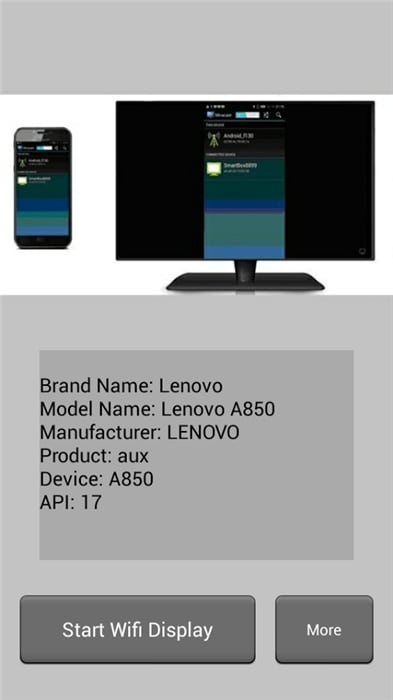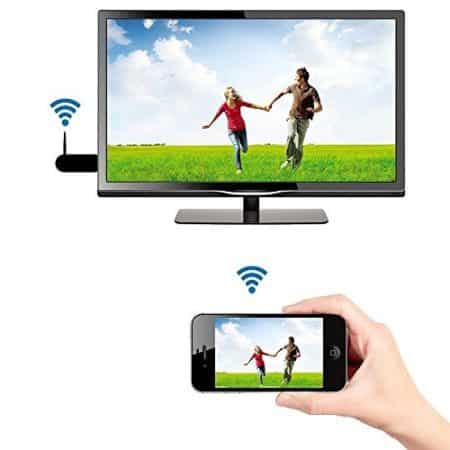

Users who are guests to a particular location and don’t have access to the enterprise network will continue to connect using the Wi-Fi Direct connection method. Instead, the functionality is complementary, and provides an advantage to users who are part of the enterprise network. It's important to note that Miracast over Infrastructure isn't a replacement for standard Miracast.
 Windows 10 PCs must be connected to the same enterprise network via Ethernet or a secure Wi-Fi connection. You can achieve this by allowing your Surface Hub to register automatically via Dynamic DNS or manually creating an A or AAAA record for the Surface Hub's hostname. The DNS Hostname (device name) of the Surface Hub or device must be resolvable via your DNS servers. As a Miracast source, the Windows PC or phone must be connected to the same enterprise network via Ethernet or a secure Wi-Fi connection. If the Surface Hub or device is connected to an open Wi-Fi connection, Miracast over Infrastructure will disable itself. As a Miracast receiver, the Surface Hub or device must be connected to your enterprise network via Ethernet or a secure Wi-Fi connection (for example, using WPA2-PSK or WPA2-Enterprise security). A Windows PC or phone can act as a Miracast over Infrastructure source. A Surface Hub or Windows PC can act as a Miracast over Infrastructure receiver. To take advantage of it in your environment, you need to ensure the following is true within your deployment:
Windows 10 PCs must be connected to the same enterprise network via Ethernet or a secure Wi-Fi connection. You can achieve this by allowing your Surface Hub to register automatically via Dynamic DNS or manually creating an A or AAAA record for the Surface Hub's hostname. The DNS Hostname (device name) of the Surface Hub or device must be resolvable via your DNS servers. As a Miracast source, the Windows PC or phone must be connected to the same enterprise network via Ethernet or a secure Wi-Fi connection. If the Surface Hub or device is connected to an open Wi-Fi connection, Miracast over Infrastructure will disable itself. As a Miracast receiver, the Surface Hub or device must be connected to your enterprise network via Ethernet or a secure Wi-Fi connection (for example, using WPA2-PSK or WPA2-Enterprise security). A Windows PC or phone can act as a Miracast over Infrastructure source. A Surface Hub or Windows PC can act as a Miracast over Infrastructure receiver. To take advantage of it in your environment, you need to ensure the following is true within your deployment: 
You automatically have this feature if you have a Surface Hub or other Windows 10/11 device. If the name isn't resolvable via either DNS method, Windows returns to establishing the Miracast session using the standard Wi-Fi direct connection.įor more information on the connection negotiation sequence, see Miracast over Infrastructure Connection Establishment Protocol (MS-MICE) Enabling Miracast over Infrastructure When the user selects a Miracast receiver, Windows attempts to resolve the device's hostname via standard DNS and multicast DNS (mDNS). When the list of Miracast receivers is populated, Windows identifies that the receiver can support a connection over the infrastructure. Users attempt to connect to a Miracast receiver through their Wi-Fi adapter.
It uses an existing connection, which reduces the time to connect and provides a stable stream. It works well with older wireless hardware not optimized for Miracast over Wi-Fi Direct. No changes to current wireless drivers or PC hardware are required. They use the same UX as standard Miracast connections. Users don't have to change how they connect to a Miracast receiver. Windows will only choose this route if the connection is over Ethernet or a secure Wi-Fi network. 
Windows automatically detects when sending the video stream over this path is applicable.Miracast on your wireless network or LAN offers many benefits:








 0 kommentar(er)
0 kommentar(er)
